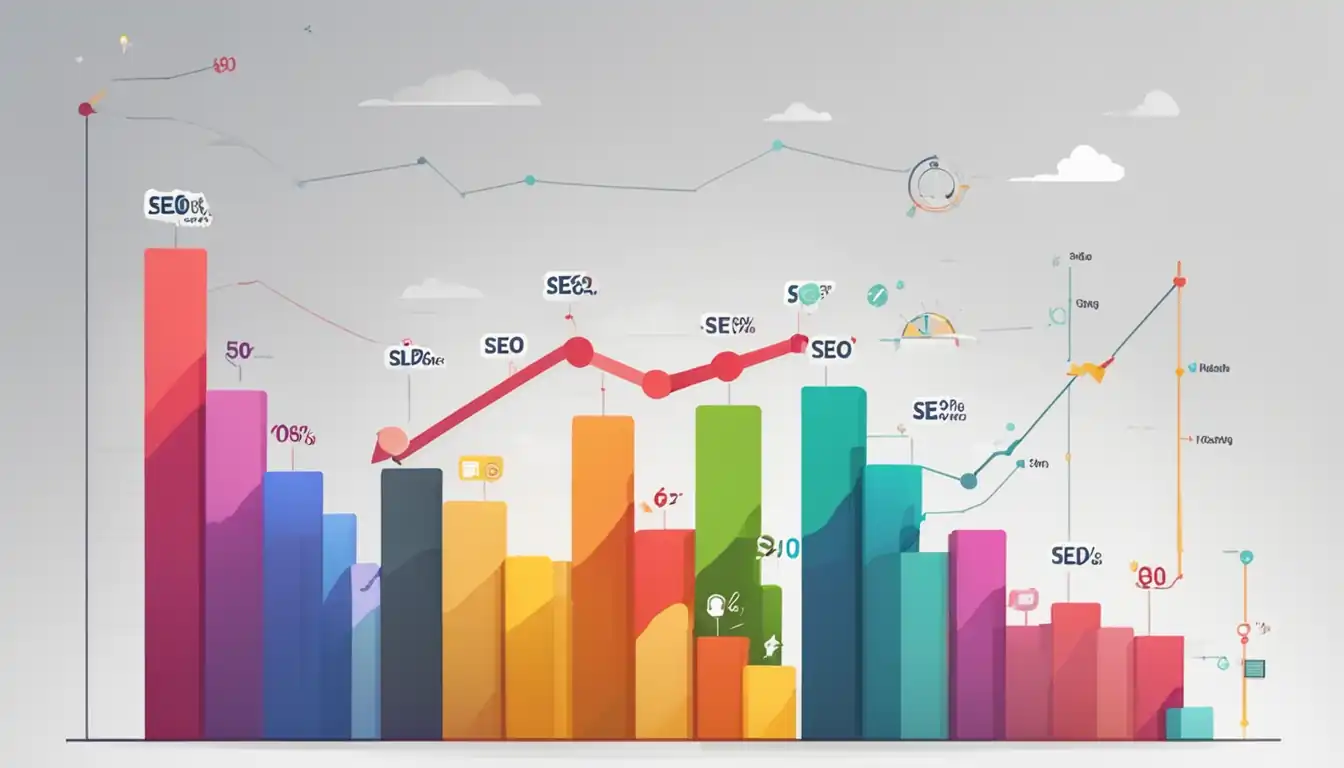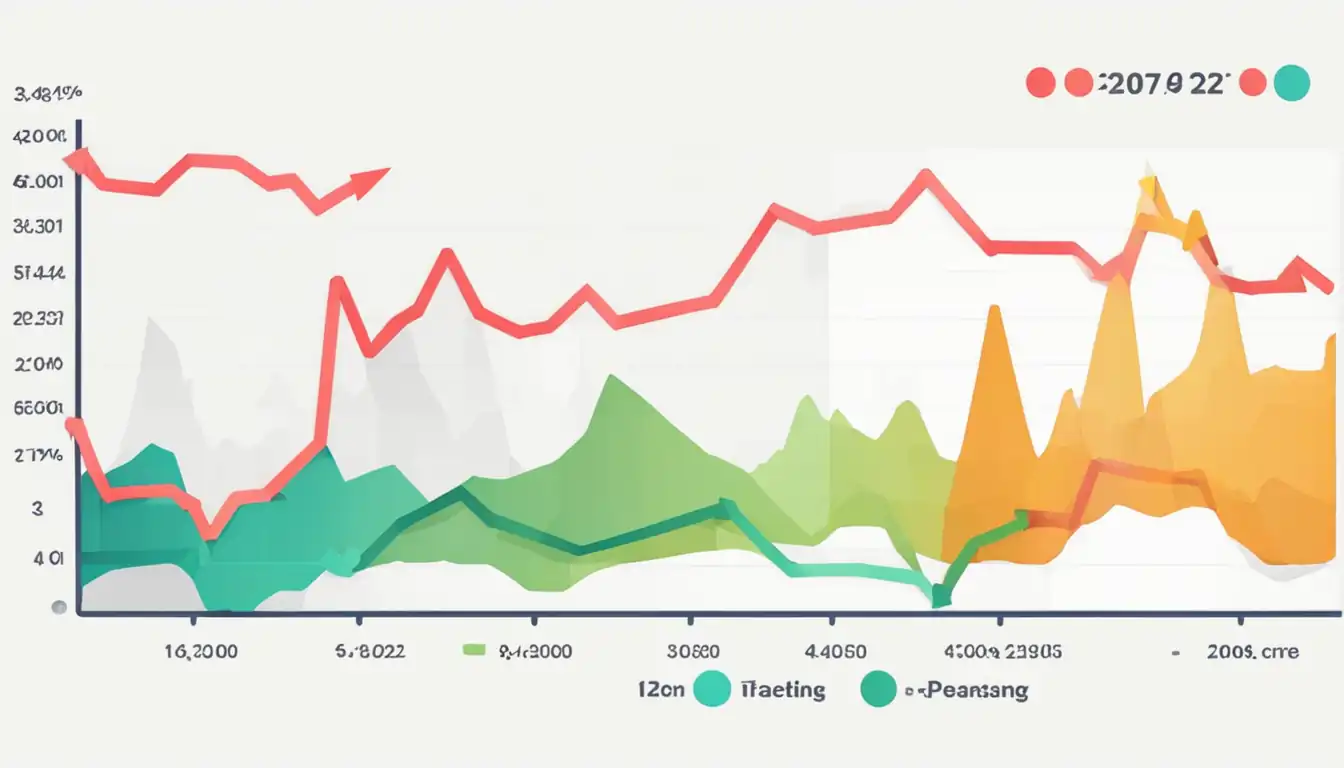Content Engagement Metrics for SEO

In the world of SEO, content engagement metrics play a crucial role in determining the success of your website. Understanding how these metrics impact your site's performance is essential for optimizing your content strategy. From bounce rate to time on page, social shares to comments, and click-through rate from search results, each metric provides valuable insights into how users interact with your content. In this post, we will delve into the significance of these metrics and explore strategies to improve them for better SEO results.
Understanding Content Engagement Metrics
Content engagement metrics are crucial for measuring the success of your SEO efforts. By analyzing how users interact with your content, you can gain valuable insights into what is resonating with your audience and what needs improvement. In this section, we will delve into why these metrics matter for SEO and how they can impact your website's performance.
Why They Matter for SEO
Content engagement metrics play a significant role in determining the effectiveness of your SEO strategy. Here are some reasons why they matter:
- User Experience: Engaging content keeps users on your site longer, reducing bounce rates and increasing the likelihood of conversions.
- Relevance: Metrics like time on page and scroll depth indicate whether your content is relevant to users' needs and interests.
- SEO Rankings: Search engines like Google consider user engagement signals when ranking pages, so high engagement can lead to improved search visibility.
- Refinement: Analyzing engagement metrics allows you to refine your content strategy based on what is working well and what isn't.
How They Influence Your Website's Performance
Content engagement metrics can have a direct impact on your website's overall performance. Here's how they influence various aspects:
- Traffic: High engagement can lead to increased traffic as satisfied users are more likely to return or share your content.
- Conversions: Engaging content can drive conversions by keeping users interested and guiding them towards desired actions.
- Brand Authority: Consistently high engagement signals authority and expertise in your niche, boosting brand credibility.
- Social Proof: Positive engagement metrics serve as social proof, attracting more visitors and encouraging them to engage with your content.
In conclusion, understanding and optimizing content engagement metrics is essential for enhancing your SEO efforts and maximizing the performance of your website. By monitoring these metrics closely and making data-driven decisions, you can create a more engaging experience for users while improving your search rankings.
The Role of Bounce Rate in SEO

Bounce rate is a crucial metric in determining the effectiveness of your content and website in engaging visitors. It measures the percentage of visitors who navigate away from your site after viewing only one page. A high bounce rate can indicate that your content is not resonating with your audience, leading to lower search engine rankings.
Decoding the Bounce Rate
Understanding Visitor Behavior: Analyzing bounce rate can provide insights into how users interact with your content. If they are leaving quickly, it may suggest that the content is not meeting their expectations or needs.
Differentiating Between Good and Bad Bounces: Not all bounces are negative. For example, if a user finds exactly what they were looking for on a single page visit, it can be considered a positive bounce. However, if they leave immediately without engaging further, it could be detrimental to SEO.
Strategies to Improve Your Bounce Rate
Create Engaging Content: Ensure that your content is relevant, informative, and engaging to keep visitors on your site longer.
Improve Website Navigation: Make it easy for users to find what they are looking for by optimizing navigation menus and internal linking.
Optimize Page Load Speed: Slow loading times can lead to higher bounce rates. Optimize images and reduce unnecessary elements to improve site speed.
Use Clear Call-to-Actions (CTAs): Encourage visitors to explore more of your site by including clear CTAs that guide them to other relevant pages.
Enhance User Experience: Focus on creating a seamless user experience by ensuring mobile responsiveness, easy readability, and intuitive design.
By implementing these strategies, you can effectively reduce bounce rates and improve overall engagement metrics for SEO.
Time on Page and Its Impact on SEO

Exploring the Significance of Time Spent on Page
When it comes to content engagement metrics for SEO, one of the key factors to consider is the time spent on a page by users. This metric indicates how engaged visitors are with your content and can have a significant impact on your search engine rankings.
Search engines like Google use time on page as a signal of relevance and quality. The longer users spend reading or interacting with your content, the more likely it is that search engines will view it as valuable and relevant to their queries.
Tips to Increase Time on Page for Better SEO Results
- Create high-quality, engaging content that provides value to your audience.
- Use multimedia elements such as images, videos, and infographics to make your content more visually appealing.
- Break up your content into easily digestible sections with subheadings and bullet points.
- Include internal links to other relevant pages on your website to encourage users to explore further.
- Monitor user behavior using tools like Google Analytics to identify pages with low time on page and make improvements accordingly.
By focusing on increasing time spent on page, you can improve user engagement, boost your SEO efforts, and ultimately drive more organic traffic to your website.
Social Shares and SEO

The Connection Between Social Shares and SEO Rankings
Social shares play a crucial role in boosting your content's visibility and ultimately impacting your SEO rankings. When users share your content on social media platforms, it indicates to search engines that your content is valuable and engaging. This can lead to increased organic traffic, higher rankings in search results, and improved domain authority.
How to Boost Social Shares for Your Content
- Create high-quality, shareable content: Focus on creating informative, entertaining, or visually appealing content that resonates with your target audience.
- Utilize social sharing buttons: Make it easy for readers to share your content by including social sharing buttons on your website or blog posts.
- Engage with your audience: Respond to comments, messages, and mentions on social media to build relationships with your followers and encourage them to share your content.
- Collaborate with influencers: Partnering with influencers in your industry can help increase the reach of your content and drive more social shares.
- Run contests or giveaways: Encourage social sharing by hosting contests or giveaways that require participants to share your content to enter.
Remember, the more social shares your content receives, the more likely it is to be seen by a larger audience and positively impact your SEO efforts.
Comments and Interaction as SEO Gold

Why Comments Are More Than Just Feedback
Comments on your content can be a valuable source of engagement metrics for SEO. They provide insight into how your audience is interacting with your content, what resonates with them, and what questions or concerns they may have.
Additionally, comments can also help increase the time spent on your page, which is a crucial factor for search engine rankings. The more time users spend engaging with your content through comments, the more likely it is that search engines will view your content as valuable and relevant.
Encouraging More Interaction on Your Posts
To encourage more interaction on your posts, consider ending each piece of content with a question or call to action that prompts readers to leave a comment. Responding to comments promptly and thoughtfully can also encourage further engagement from your audience.
Another strategy is to create content that sparks debate or discussion among readers. This can lead to more comments and interactions, ultimately boosting the overall engagement metrics for your SEO efforts.
Remember, the goal is not just to receive feedback from comments but to leverage them as a powerful tool for improving your SEO performance.
Click-Through Rate (CTR) from SERPs
Understanding CTR's Importance in SEO
Click-Through Rate (CTR) is a crucial metric in SEO that measures the percentage of users who click on a specific link out of the total number of users who view it. It is an indicator of how well your content resonates with your target audience and how effectively your title tags and meta descriptions are enticing users to click through to your website.
A high CTR indicates that your content is relevant and engaging to users, which can positively impact your search engine rankings. On the other hand, a low CTR may signal that your content is not meeting user expectations or that your title tags and meta descriptions need improvement.
Practical Ways to Improve Your CTR from Search Results
Optimize Title Tags and Meta Descriptions: Craft compelling and relevant title tags and meta descriptions that accurately reflect the content of your page while also enticing users to click through.
Use Rich Snippets: Implement structured data markup to enhance your search listings with rich snippets, such as star ratings, reviews, or product information, which can make your results more visually appealing and increase clicks.
Perform A/B Testing: Experiment with different variations of title tags, meta descriptions, and even URLs to see which combinations drive higher CTRs. Use tools like Google Optimize or Optimizely for A/B testing.
Monitor Performance Regularly: Keep track of your CTR metrics in Google Search Console or other analytics tools to identify trends over time and make adjustments as needed to improve performance.
By focusing on improving your CTR from search results, you can not only drive more traffic to your website but also enhance the overall effectiveness of your SEO efforts.
Conclusion
By focusing on content engagement metrics, you can enhance your website's visibility and ranking on search engines. Bounce rate, time on page, social shares, comments, and CTR are all key indicators of user interaction with your content. Implementing strategies to improve these metrics will not only boost your SEO performance but also create a more engaging experience for your audience. Remember, understanding and optimizing these metrics is essential for staying ahead in the competitive world of digital marketing.